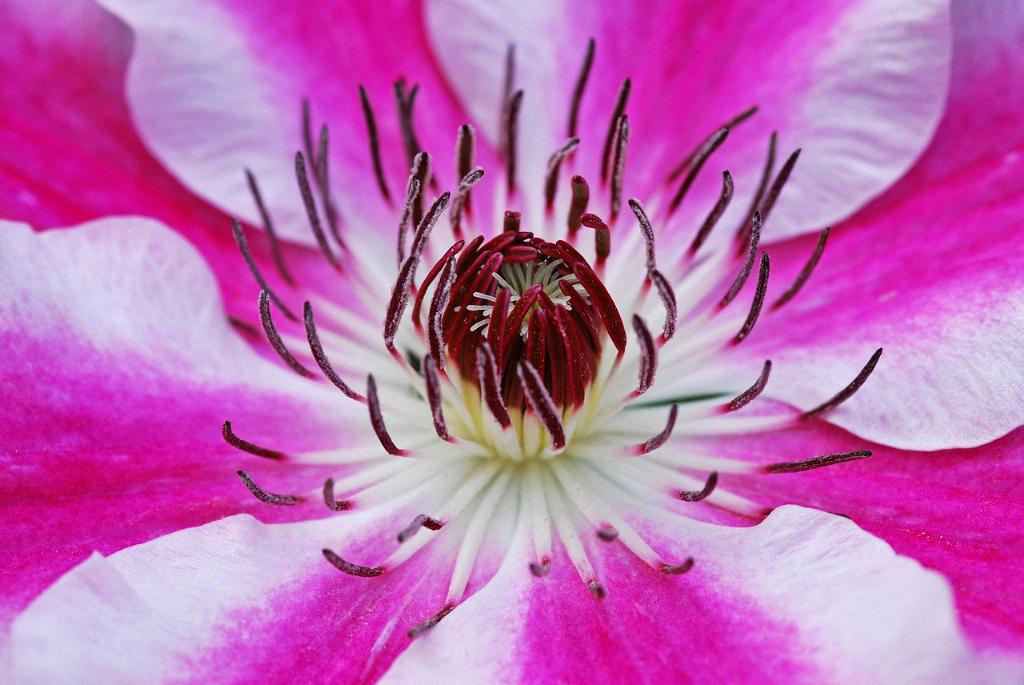Transplanting a clematis plant is a crucial step in ensuring its health and continued growth. Knowing the right time to move your clematis is essential for minimizing stress on the plant and maximizing its chances of thriving in its new location. In this article, we will explore the importance of transplanting clematis plants, the factors to consider before transplantation, and a step-by-step guide to successfully transplanting your clematis.
Importance of Transplanting Clematis Plants
Transplanting clematis plants can be necessary for various reasons, such as changing garden landscapes or providing better growing conditions for the plant. By moving a clematis to a new location, you can ensure it receives adequate sunlight, soil drainage, and space to flourish. Additionally, transplanting allows you to rejuvenate an aging clematis by providing fresh soil and nutrients for optimal growth.
Factors to Consider Before Transplanting
1. Timing for Transplanting Clematis Plants: Ideally, the best time to relocate your clematis is in early spring when it starts showing green buds. While you can transplant a clematis later in the year, the plant may experience more stress.
2. Choosing the Right Location for Transplantation: Select a new spot that offers the appropriate sunlight exposure, soil quality, and support for the clematis to thrive.
3. Preparation Before Transplanting Clematis Plants: Ensure you have the necessary tools, such as a shovel and pruning shears, ready before starting the transplantation process.
Step-by-step Guide to Transplanting Clematis Plants
1. Pruning and Preparing the Clematis: Trim the clematis back to 1 to 2 feet tall if you need to move it after growth has begun to minimize stress on the plant.
2. Digging Up the Clematis Plant: Carefully dig around the base of the clematis to remove the plant with its root ball intact. Be gentle to avoid damaging the roots.
3. Transplanting the Clematis Plant to a New Location: Place the clematis in its new hole, ensuring the soil level matches its previous planting depth. Backfill the hole with soil and water thoroughly.
4. Post-Transplant Care for Clematis Plants: Water the transplanted clematis regularly and provide support like a trellis or arbor for climbing varieties.
Common Mistakes to Avoid When Transplanting Clematis Plants
Avoid transplanting clematis plants during extreme weather conditions, neglecting proper root care during transplantation, and planting the clematis too deeply in its new location, which can hinder growth and lead to root rot.

Conclusion: Ensuring the Health and Growth of Transplanted Clematis Plants
Knowing when to transplant a clematis plant and following the correct procedures can help ensure the continued health and growth of this beautiful flowering vine. By considering the timing, location, and preparation required for transplanting, you can give your clematis the best chance to thrive in its new home.
